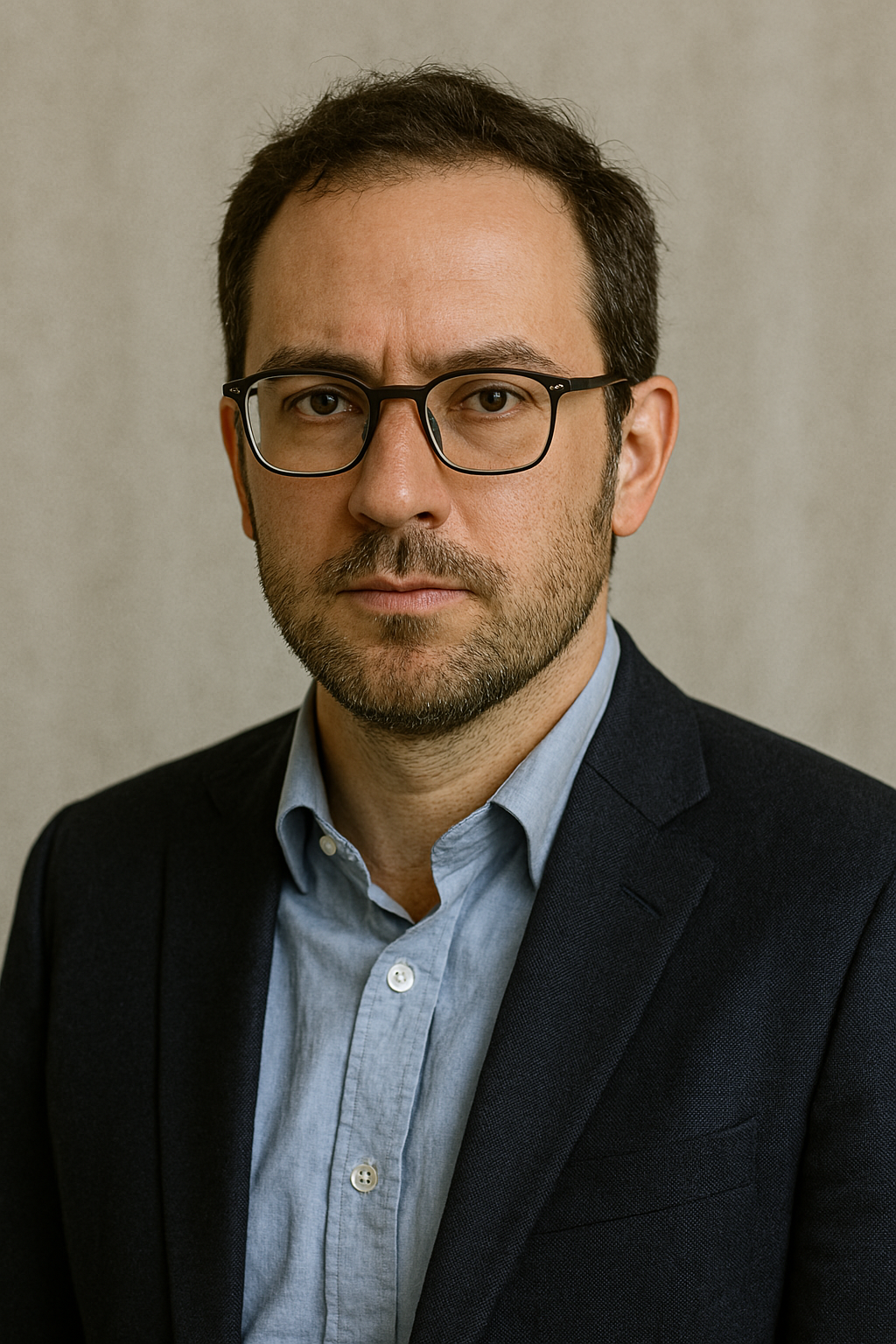The recent 80th anniversary of the atomic bombings that brought World War II to a close arrives at a complex moment. It invites reflection not only on the bombings themselves but also on the extraordinary scientific endeavor behind them—the Manhattan Project.
The Manhattan Project stands as a monumental achievement in human ingenuity and collaboration. However, contemporary policies have increasingly eroded the research culture that emerged from that era—an ecosystem that once fueled American innovation and economic growth.
At no previous point in recent history has the United States so thoroughly distanced itself from the foundational strengths that made the Manhattan Project successful. Critical components such as sustained investment in science and health research, as well as the embracing of immigrant talent, are now under significant threat. This risks forfeiting the most valuable legacy of the Manhattan Project—not the weapon it produced, but the pioneering model of cooperation between science and government.
The creation of the Manhattan Project itself was almost miraculous. For nearly two years, the U.S. military showed little interest in the effort to develop an atomic bomb.
Between 1939 and 1941, a diverse group of primarily Jewish refugee scientists fleeing Nazi Europe, including Albert Einstein, approached government and military leaders. They explained nuclear fission, its potential impact on warfare, and expressed concern that Nazi Germany might be the first to develop such a weapon.
Military officials were initially dismissive. Physicist Eugene Wigner later recalled an October 1939 meeting during Hitler’s invasion of Poland: “The colonels remained distant. They were polite and smiled, but they never believed a functional atomic bomb would be realized in their lifetime.”


0 Comments
No comments yet. Be the first to comment!